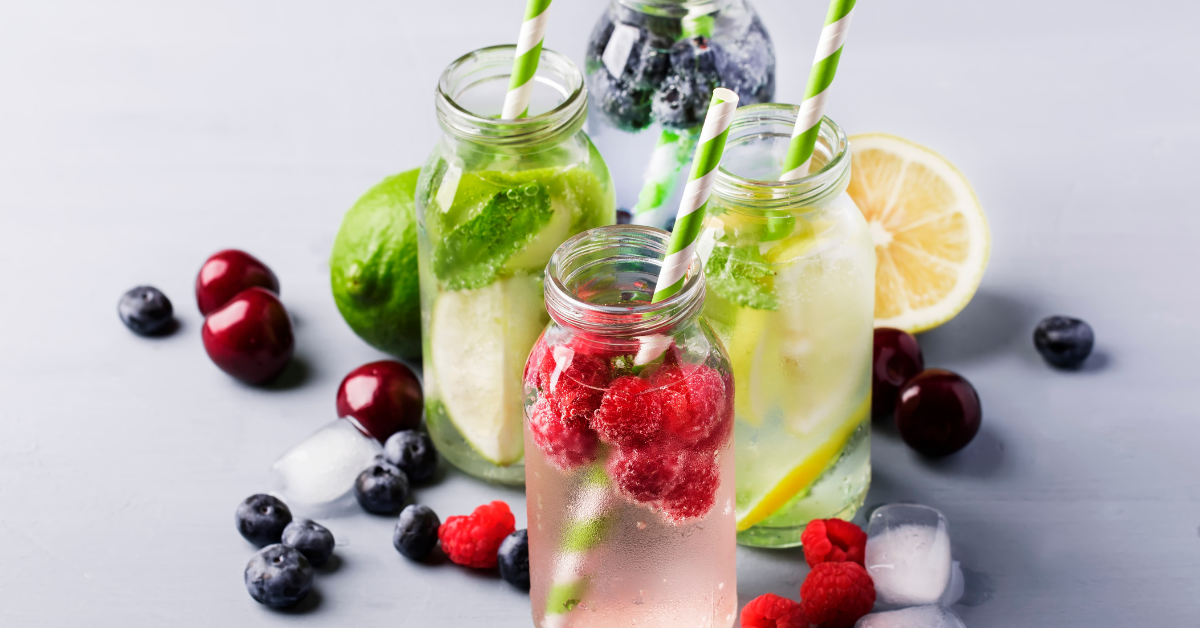The non-alcoholic beverage market is rapidly expanding worldwide, driven by health consciousness and evolving lifestyles. This article offers a clear explanation of how Japan’s market compares with global trends and what key developments are gaining attention internationally.
Current State of the Global Non-Alcoholic Beverage Market
Over the past decade, the global non-alcohol market has seen remarkable growth. In the West, particularly among younger generations, a “sober curious” lifestyle has gained popularity, where people intentionally avoid alcohol as a positive choice.
In regions like the Middle East and Indonesia, where alcohol consumption is religiously restricted, non-alcoholic beverages are well-rooted in the culture. Products mimicking the taste and feel of beer or wine are in high demand.
In emerging economies such as China and India, rising urbanization and health awareness are driving significant market expansion.
Key Characteristics of Non-Alcohol Markets by Region
| Region | Characteristics |
|---|---|
| Western Countries | Emphasize health and fashion appeal; craft-style products are popular |
| Middle East | Culturally and religiously alcohol-free; products focus on flavor and aroma |
| Asia | Health and beauty focus in urban areas; rise of local brands |
| South America | Blend of sports drinks and fermented beverages |
Growth and Characteristics of the Japanese Non-Alcohol Market
In Japan, the non-alcohol beverage market began to grow in the late 2000s, initially driven by the launch of non-alcoholic beer by major brewers. It has since evolved to include non-alcoholic cocktails, sake-style drinks, and wine alternatives.
The industry now meets diverse consumer needs, including health-conscious youth, pregnant women, and older adults. However, availability in restaurants and bars remains limited, with most sales coming from convenience stores and supermarkets.
Main Categories of Non-Alcoholic Beverages in Japan
| Category | Key Characteristics |
|---|---|
| Non-Alcoholic Beer | Authentic taste, malty flavor, foamy texture |
| Non-Alcoholic Cocktails | Fruity, easy to drink, popular among young consumers |
| Non-Alcoholic Sake | Designed for pairing with Japanese cuisine |
| Non-Alcoholic Wine | Balanced acidity and bitterness, suitable for meals |
Comparison Between Japan and Global Markets
The table below outlines the key differences between the Japanese and global non-alcohol markets.
| Aspect | Japan | Global (West, Middle East, Asia) |
|---|---|---|
| Market Launch | Late 2000s | Mid-2010s |
| Main Consumer Base | Health-conscious youth, pregnant women, seniors | Sober curious groups, religious abstainers, urban dwellers |
| Use Cases | Home, workplace, driving | Restaurants, bars, events, daily life |
| Product Variety | Beer-style, wine-style, sake-style, cocktails | Craft types, CBD-infused, protein-enriched |
| Sales Channels | Convenience stores, supermarkets | Diverse: retail, dining, specialty shops |
Global Trends and Innovative Products
Around the world, the non-alcohol market is shifting from simple substitutes to value-added experiences. In Europe, craft-style non-alcoholic beers have emerged, offering flavor complexity and local character.
In the US, functional beverages containing CBD or adaptogens are on the rise, aiming at stress relief and mental clarity. Sleek packaging and lifestyle branding appeal to younger demographics.
In the Middle East, halal-certified drinks are growing in popularity. Luxury-designed non-alcoholic wines are now used for special occasions and gifts.
Global Innovations in Non-Alcohol Products
| Region | Featured Product |
|---|---|
| UK | Craft-style non-alcoholic beers with regional appeal |
| USA | Relaxing drinks with CBD and adaptogens |
| France | Premium non-alcoholic wines replicating grape varietals |
| UAE | Halal-certified beer-style drinks for cultural events |
Challenges and Future Opportunities
To continue growing, the market needs to expand restaurant adoption. Many Japanese eateries offer only one non-alcoholic option, limiting consumer choice.
There’s also a strong need to develop value-added products that emphasize health, beauty, or relaxation benefits. This will help differentiate non-alcohol drinks from regular soft drinks.
Key Drivers for Market Growth
| Initiative | Example Actions |
|---|---|
| Broader Dining Options | Offering wine-style, highball-style alternatives |
| Functional Product Development | Protein-enriched, low-sugar, vitamin-enhanced |
| Marketing Through Lifestyle | Social media campaigns emphasizing daily use |
| Regional Product Creation | Local ingredients used for community branding |
Non-Alcohol Beverages Creating a New Cultural Norm
Non-alcoholic beverages are no longer merely substitutes for alcohol but are forming a distinct cultural category. Their appeal spans health, religion, and lifestyle trends.
In Japan, there’s growing potential for collaboration with local producers and tourism, including developing region-specific drinks or working with traditional sake breweries.
Future Possibilities for the Industry
| Sector | Anticipated Developments |
|---|---|
| Tourism & Local Development | Regional-themed non-alcohol drinks at airports, stations |
| Health & Medical | Functional beverages for hospitals, seniors |
| Education & Parenting | Safe drinks for minors, pregnant individuals |
| Workplace Culture | Alcohol-free alternatives for after-work gatherings |
Conclusion
Driven by health, religion, and evolving personal values, non-alcoholic beverages are gaining both cultural and economic importance worldwide. This article explores the differences between Japan and global markets and highlights potential future business opportunities.






